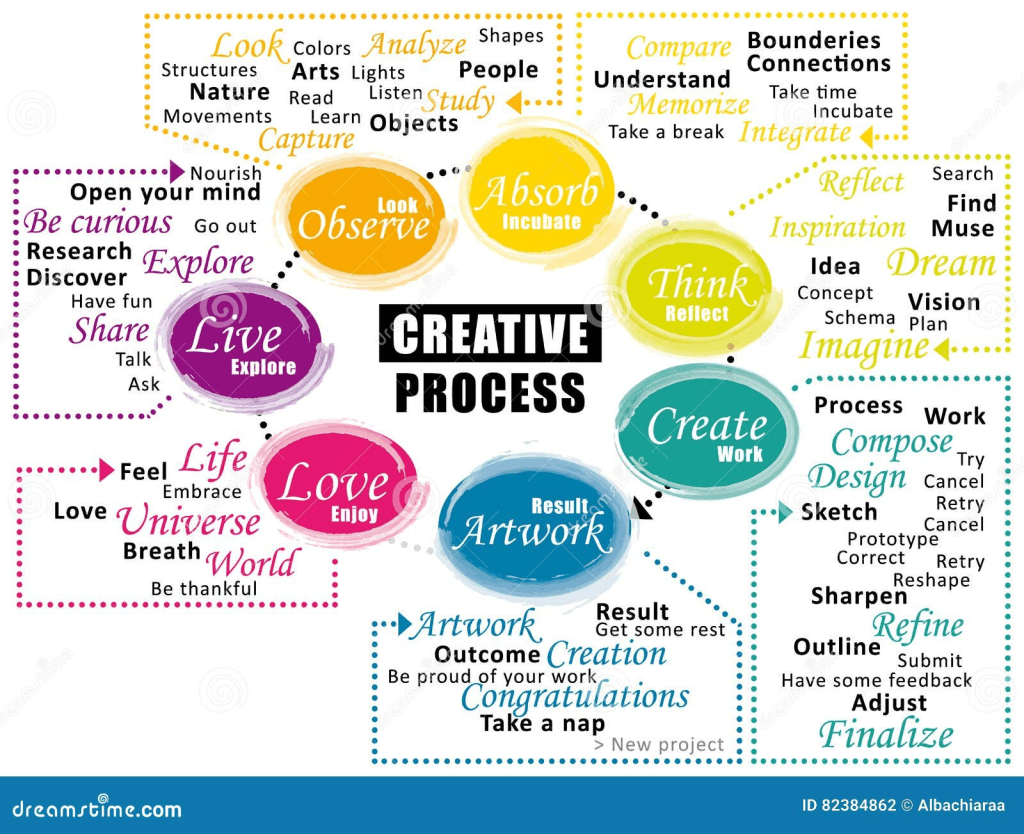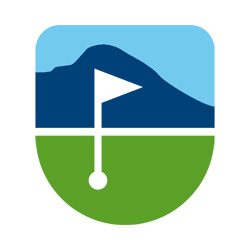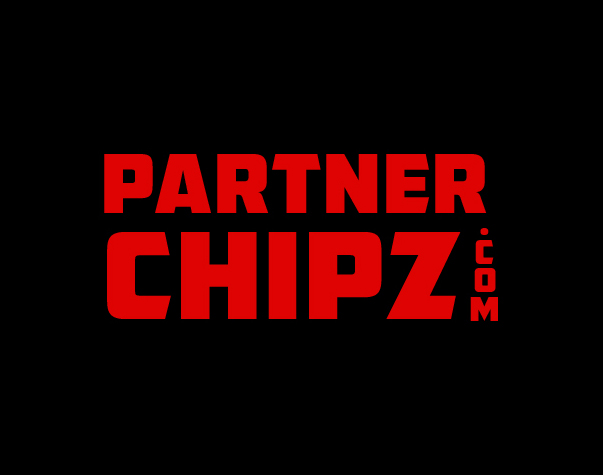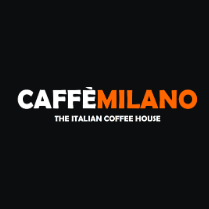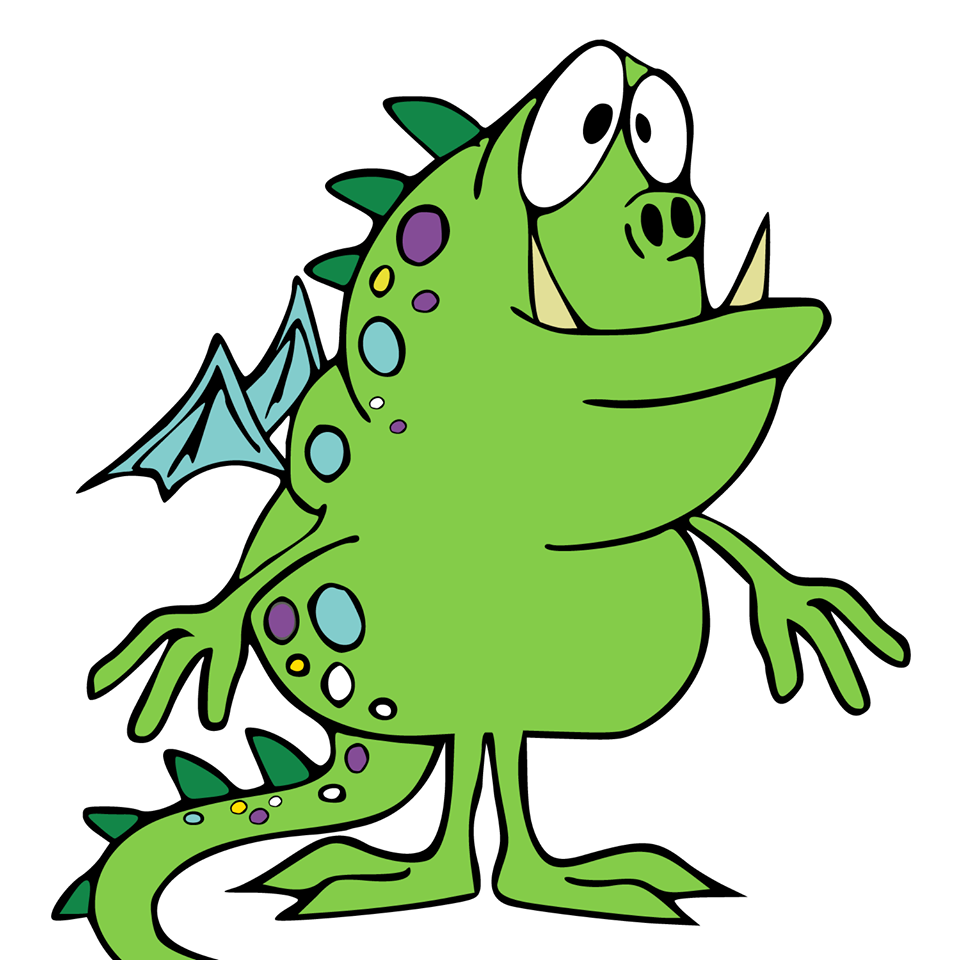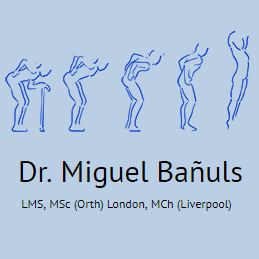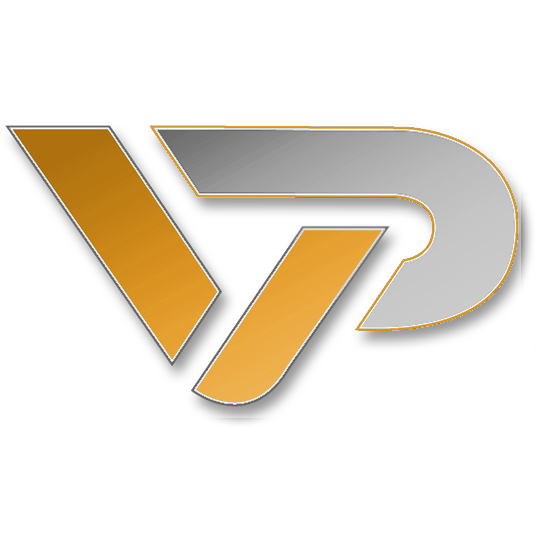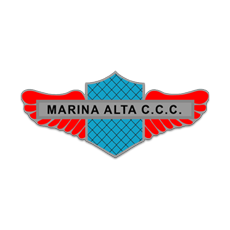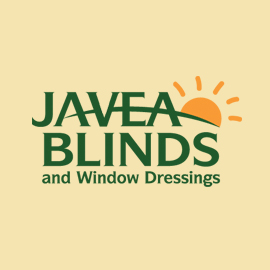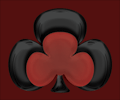The creative process in development is a dynamic journey that blends artistry and technical skill, allowing developers to transform ideas into engaging digital experiences. Just as a painter selects their brush and palette, a web developer navigates through various creative mediums to design user interfaces that captivate users. In this intricate art of development, every line of code acts like a note in music or a stroke in visual art, contributing to the overall user experience. Understanding the basics of web development lays the foundation for this fascinating process, inviting creators to experiment and innovate like musicians crafting a new tune. As we delve deeper into this blend of creativity and technology, let’s explore how the realms of coding, music, and art intertwine.
Engaging in the artistic journey of digital creation, or the innovation in building functional applications, requires a thoughtful approach that combines structure and imagination. This artistic journey involves harnessing various creative disciplines such as coding, visual design, and even sound production to deliver remarkable user interactions. Often referred to as the development process, this cycle is much like composing music—both rely on tools and techniques that enhance the output while adhering to user expectations and accessibility standards. As we analyze the layers that constitute this process, we discover that whether it is crafting web pages or developing interactive experiences, the essence of creative endeavor remains a vital force at play. Let’s embark on an exploration of how the principles of artistic exploration and technical execution go hand in hand in shaping the future of digital landscapes.
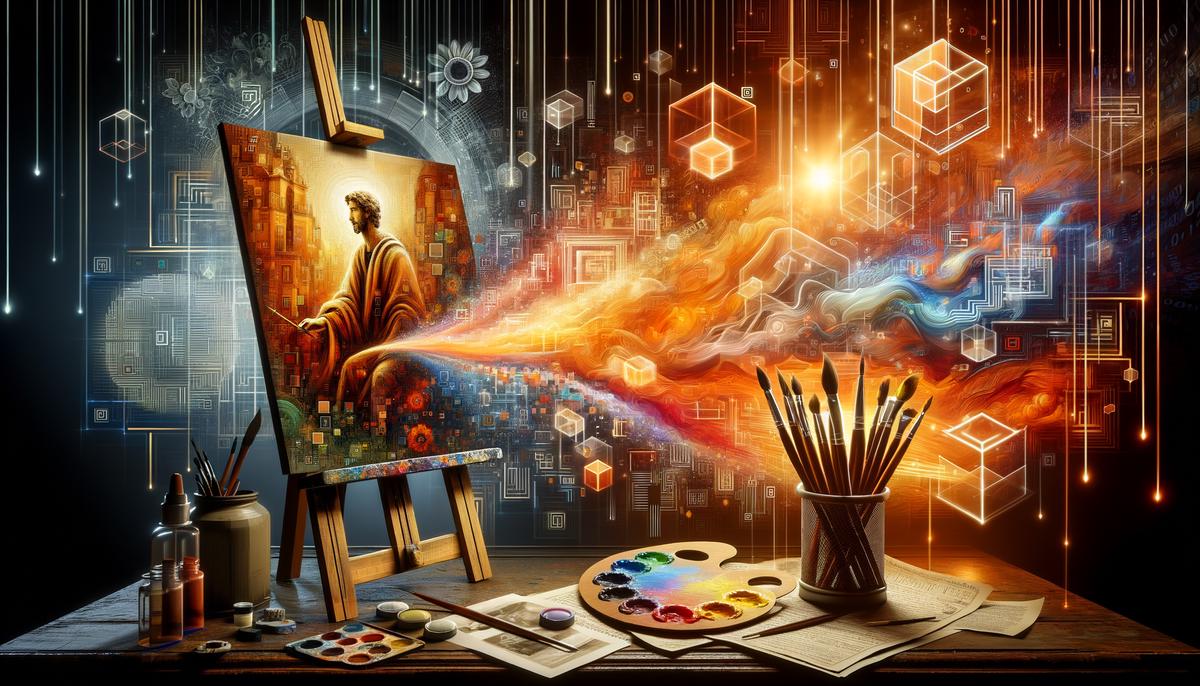
Embracing Different Mediums
In a world of creativity, it’s fascinating how the medium can shape the message. As an artist, one learns to adapt their vision to various tools, whether it’s a paintbrush or a coding language. My background in art, thanks to my mother, taught me that expressing your creativity can take on many forms. It’s not merely about what you create, but how you channel that creativity through different brushes, metaphorically speaking. When I sit down to compose music or write code, I’m armed with a diverse collection of techniques and styles, informed by my early artistic influences.
Just as an artist chooses their canvases, I select my platforms—HTML, CSS, and JavaScript—for building websites, and sound software for creating music. Yet, regardless of the medium, the core principles of creativity remain intact. Composition, balance, and form play critical roles in both art and technology. Each time I dive into a new project, I remember the wisdom my mother imparted: the tool you use can redefine your artistic voice.
The Importance of a Creative Stack
When embarking on a creative journey, whether web development or music production, the tools at your disposal significantly influence the outcome. In the world of coding, having a sound development environment is crucial. This might mean utilizing various software applications, from code editors to collaborative platforms like GitHub. Each tool brings its strengths, shaping the way I approach building websites and applications. Similarly, my music creation relies on an array of musical instruments and recording software, each chosen to perfect the sound I’m after.
Moreover, the choices I make in this creative stack not only serve a functional purpose but also inspire the artistic expression within the work. Whether I opt for a simple text editor for coding or sophisticated music production software, each decision affects the creative rhythm. By embracing both worlds, I find that being mindful of the tools I choose enriches my work, transforming the mundane into the extraordinary.
Choosing Your Canvas Wisely
For artists, the foundation of their work often lies in the material they choose. Whether it’s high-quality paper for painting or the digital space of a web browser, the right canvas can elevate a piece beyond expectations. In software development, my canvas is the screen, defined by pixels rather than physical constraints. It creates opportunities for limitless design, allowing ideas to flourish without boundaries, just like sound spreads through the air.
The choices I make, whether concerning the art of code or sound production, vary in how they interact with the technological canvas before me. Just as a painter discerns between different types of canvas, I must choose the tools and formats that best express the sound I wish to convey. Each medium, be it a digital screen displaying my website or the audio waves captured in my recording software, presents unique challenges and opportunities for creativity.
The User Experience Connection
As a developer, I am constantly mindful of the user’s experience. The way a website is designed to respond on various devices mirrors the importance of sound quality across different audio systems. Each website I create undergoes rigorous testing to ensure it looks and feels right on every device, similar to how I critically listen to my music through various setups to guarantee the best possible experience. It seems there’s an inherent similarity in striving for perfection within both fields.
The stakes are high; every song and website needs to resonate with its audience. Just as web developers worry over how their designs will render on screens of all shapes and sizes, I find myself grappling with how my music sounds on different systems, each presenting its own acoustic characteristics. This shared commitment to user experience underscores the universal quest for connection through our respective mediums.
The Art of Release
As I prepare to unveil my creations, whether they are songs or web applications, the thrill is often accompanied by uncertainty. Releasing an album can feel every bit as intricate and overwhelming as deploying a website. There are numerous details to manage, from rights registration in the music industry to ensuring every link on a website is functional. The preparation process can often be muddled, yet it is precisely this complexity that fuels my enthusiasm.
Moreover, the culmination of my work, releasing it into the world, evokes a mix of apprehension and exhilaration. I realize that the meticulous approach to publishing music mirrors the careful attention I apply in web development. Each release matters, and while the avenues may be different, the journey through preparation reveals striking parallels, symbolizing the merging of two distinct realms of creativity.
Breaking Free from Ruts
Creativity can sometimes feel confined, leading to ruts that stifle innovation. It was during my recent venture into music that I discovered a path away from this auto-pilot mode. Like a script that runs without deviation, I found myself stuck in a predictable routine, only to be liberated by exploring new mediums. Music challenged me to rethink my approach, unearthing long-buried creative potentials.
This exploration rekindled my artistic motivation and helped me redefine my perspective on development. Recognizing that different disciplines share common threads reminds me to break free from rigid confines. There’s an immense value in cross-pollination of ideas, allowing fresh influences from diverse artistic experiences to shine through. In opening my mind to various forms of creativity, I discover opportunities that enhance the tools I already possess.

Embracing Creative Challenges
In conclusion, the exploration of creative avenues such as music and web development reveals the profound interconnectedness of various artistic mediums. Just as a painter selects their colors and tools, both musicians and developers engage in a meticulous process of crafting their respective works, albeit using different forms of expression. This journey often involves navigating a myriad of challenges, from technical hurdles to ensuring that the final piece resonates with its audience. The very act of transitioning from one medium to another is a testament to the versatility and adaptability required in today’s creative landscape.
By embracing the complexities of diverse disciplines, we not only sharpen our skills but also expand our creative horizons. The parallels drawn between coding and composing illustrate that every artist, regardless of their medium, faces similar struggles and triumphs. Ultimately, when we step out of our familiar environments and experiment with new forms of expression, we cultivate a deeper appreciation for the nuances that each creative journey entails. This can enrich our understanding of our primary craft and open doors to innovative ideas.

